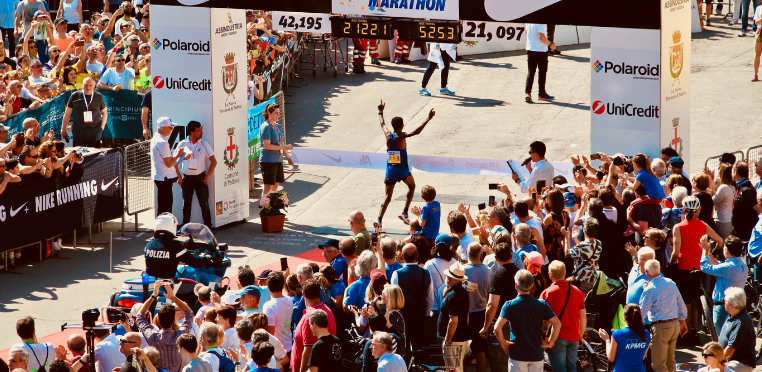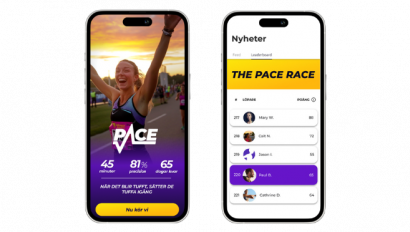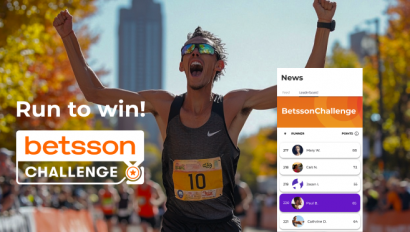The 5 Biggest Mistakes Organizers Make With Their Races

Race organizers on paper have a simple task, deliver an interesting course so you, the participant, have a great experience. Organizers have a tough job to get the big things right (like your safety) while not neglecting the smaller things that are key to the athletes’ experience.
As both a race organizer and a well-versed athlete and participant in multiple running and Swimrun races, I’ve seen both good and bad races from both ends. It is ultimately what the participant thinks of the whole experience that matters. An excellent experience is likely to help grow your race and brand, an indifferent or negative and you experience the opposite.
To help you out, I’ve collected the 5 biggest mistakes organizers can make, from my participant perspective.
1) Over or under-communicating with athletes
This is a tough one. Communication with athletes will start in a digital way (like emails), then move to more personal touch points (such as at registration) before returning to digital again.
One or two well-timed emails with all the essential information, along with an opportunity to ask the Race Organizer questions, is about the right balance beforehand. Any more than a couple of emails gets into the realm of spamming athletes and has an impact on whether these emails will actually be read. Clear and up-to-date information on the organisers websites is also important on the occasions digital communication fails, such as when an important email goes into spam or junk.
Registration can be a nerve-wracking place for some but seeing a friendly face from a race official is reassuring and helps communicate the human side of the brand. Since most athletes are amateur, enjoyment and a good experience are important factors. A warm greeting when you arrive at registration without being overbearing is well received and helps to settle any nerves.
2) Not treating all participants equally
“All animals are equal, but some animals are more equal than others,” an infamous line from George Orwell’s Animal Farm. Sadly, it’s something that most organisers really screw up on. Preferential treatment for famous people whether they are known for the sport, media or TV is obvious and makes other athletes feel like lesser human beings and less welcome. Treat everyone the same and fairly, show the same level of care to someone you have met for the first time as you do to the double Olympian who is competing in your race. Let other participants enjoy their stardust, you should remain impartial and welcome everyone equally to your race.
3) Charging for photography & having hidden costs
Having free quality photos is a real point of difference between races. Most will be willing to pay a slightly higher entry fee to absorb the cost of the photographer. Indeed, some races that cost a small fortune to attend then charge for photography leaving a sour taste in the mouth. Something that is completely avoidable. It also feels like a no brainer, or a trick missed by organizers to get a bunch of branded photos out into the world as people share their race experience. Oh, and the photos should come within a few days of the race taking place.
Linked to paid photography is hidden race costs. This can be anything from an additional payment processing fee at checkout to buying nutrition post-race to refuel or paying for the car park. The basics should be covered by the race entry fee.
4) An underwhelming finish line experience
The majority of races have an underwhelming finish line experience. Finishing a race at whatever level is an achievement. It is important that all athletes have a positive and human interaction at the finish line rather than being shuffled through a finishing funnel like cattle.
Major running races are guilty of this by giving you a bag full of sponsor swag that ends up in the bin. Do you really want a leaflet from the local estate agent, or do you want the warm and genuine congratulations from a race official? Sometimes less in more and focusing on the finish line as a celebration of a human experience is important.
5) Availability of results
While standing on the podium is a rarity, you like to know how you have done. Whether it’s comparing yourself to others in gender, age-group or that pesky person from your running club who has a habit of being a few seconds quicker or your past efforts, it’s nice to benchmark your efforts. Having quickly available results is key, definitely within a few hours but instant results are even better. Not knowing when results are going to be released or results which take days to process is unsatisfactory.
Aim for the moon!
In summary, it is the small things that matter a lot. Lots of small things done really well equates to an exceptional athlete experience. Providing a high level of personalised customer service for athletes throughout their journey makes the difference. As a participant you want to feel like you are getting good value for money and individual attention.
The finish line experience is an important one to really think about, it should be a joyous place to facilitate conversations between race officials and other racers as well as fulfilling practical needs such as nutrition and hydration. Receiving photos and results quickly after your race, again is important so you, the participant can share with friends and family while you are still in the ‘buzz’ of the race.
Aim for the moon and if you miss you will still be amongst the stars, which in our case is aiming to offer athletes the best race experience they have ever had.
Curious to know more about how you can create a better participant experience? Get started with RaceID today.


